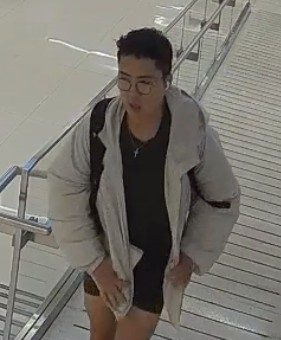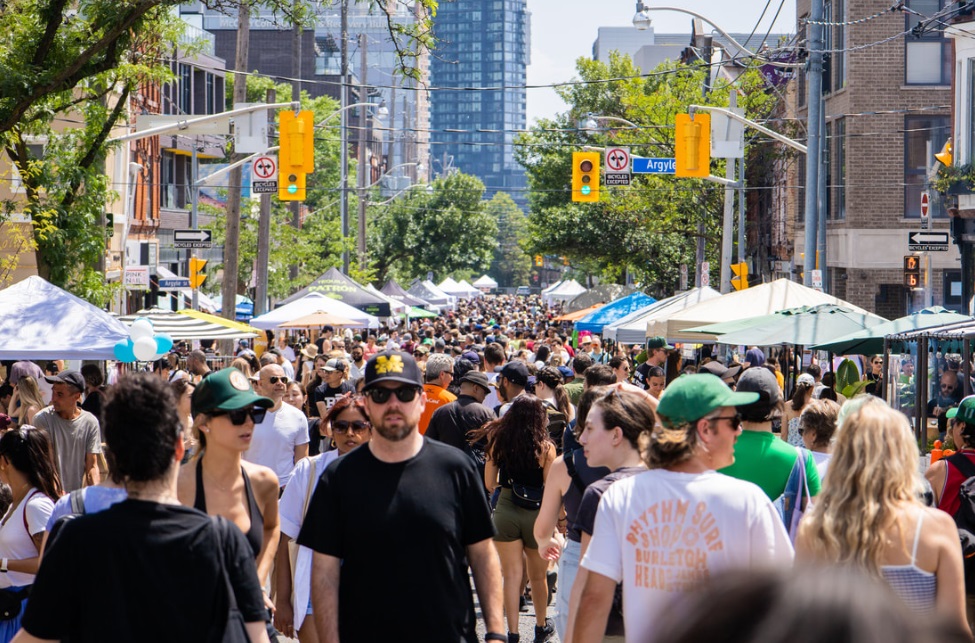Ontario enters second stay-at-home order
Posted April 6, 2021 10:46 pm.
Last Updated April 8, 2021 5:24 am.
Four days after applying the ’emergency brake’, Premier Doug Ford has issued a provincewide stay-at-home order as Ontario grapples with how to get surging COVID-19 cases under control.
Under the emergency stay-at-home order, non-essential retail stores will be restricted to curbside pickup between the hours of 7 a.m. and 8 p.m., while big-box stores will be restricted to sales of groceries, household cleaning supplies and pharmacy items — the first time that such a restriction has been imposed on them since the pandemic began.
Shopping malls will be closed except for curbside pick-up and delivery, via appointment, with one single designated location inside the mall, and any number of designated locations outside the mall.
Grocery stores and pharmacies will remain open under current health measures and restrictions.
Outdoor garden centres and nurseries, along with indoor greenhouses that engage in sales to the public, will be allowed to remain open with a 25 per cent capacity limit and a restriction on hours of operation.
The order will take effect at 12:01 a.m. Thursday and remain in place for four weeks.
Ontario’s previous stay-at-home order went into effect on Jan. 14 and was lifted nearly two months later on March 8.
Premier Doug Ford said a surge in COVID-19 cases fuelled by more transmissible variants of concern and a sudden rise in intensive care unit admissions prompted the new restrictions.
“These variants have taken off,” Ford told a news conference. “This is moving rapidly, every single hour-by-hour, day-by-day, and a decision last week, doesn’t represent a decision today.”
“The reality is, despite everything we’ve done so far, the COVID-19 situation in Ontario is getting worse as these new variants continue to spread and hospitals are reaching capacity.”
Ford said that by the end of the four-week period of the stay-at-home order, about 40 per cent of Ontarians – or five million people – will have received the first dose of a COVID-19 vaccine. About 2.7 million people had received at least one dose as of Wednesday.
The stay-at-home order will not affect schools, which will remain open for the time being.
In addition, during the April break, education workers who provide direct daily support to students with special education needs across the province, and all education workers living or working in high-risk neighbourhoods in Toronto and Peel, will be eligible for vaccination.
RELATED: Teachers in Toronto, Peel’s high-risk neighbourhoods eligible to be vaccinated
Under the stay-at-home order, the following businesses will be allowed to remain open for in-person shopping by appointment only and with a 25 per cent capacity restriction during the hours of 7 a.m. to 8 p.m.:
- Safety supply stores;
- Businesses that primarily sell, rent or repair assistive devices, aids or supplies, mobility devices, aids or supplies or medical devices, aids or supplies;
- Rental and leasing services including automobile, commercial and light industrial machinery and equipment rental;
- Optical stores that sell prescription eyewear to the public;
- Businesses that sell motor vehicles, boats and other watercraft;
- Vehicle and equipment repair and essential maintenance and vehicle and equipment rental services;
- Retail stores operated by a telecommunications provider or service, which may only permit members of the public to enter the premises to purchase a cellphone or for repairs or technical support
The province says it will also be increasing health and safety inspections and enforcement at essential businesses in regional hot zones.








